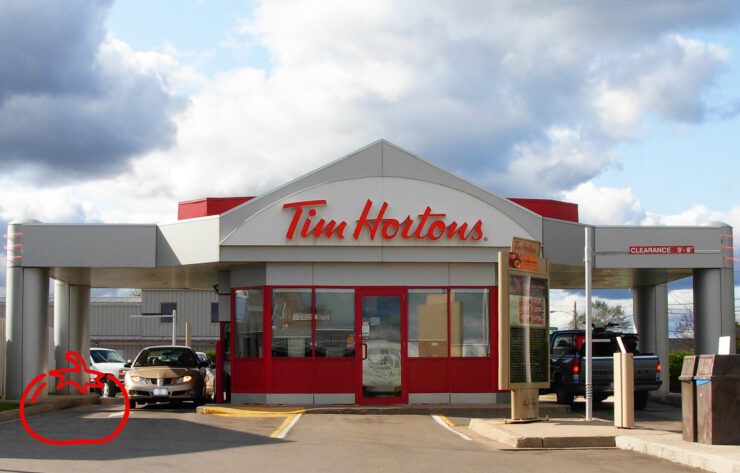Poorly constructed “Boost” holds monopoly at U of O
Unbeknownst to many students, there is an app available in the Google Play store that, in concept, should allow users to pre-order meals at food spots across campus instead of waiting in-line between lectures.
The application, tilted “Boost: No Fees. Just Food, Fast,” is meant to provide users with the ability to avoid waiting for food at restaurants like Bento Sushi, Tim Hortons, Second Cup, and so forth. However, I regret to inform you that, despite its laudable goal, this app is a complete waste of time.
This week, I created an account, only to have the app crash with every attempt that I made to place an order. I probably shouldn’t have been surprised, though—I ended up joining the large chorus of people on Google Play who gave it a one star review.
To me, the failure of the Boost app seems to reflect the inadequacies of University of Ottawa’s commitment to providing beneficial services to its students, and employees.
Indeed, while browsing through other reviews, I concluded that my misfortune was shared by everyone else who believed that the U of O food services might provide similar services to the well-known apps used by big corporations such as Tim Hortons, and Starbucks.
So, with that in mind, I decided to download and try both the Starbucks and Tim Hortons mobile order applications for myself.
The next application that I put to the test was the Tim Hortons’ adaptation. The application is organized in a clear menu that separates cold beverages from sandwiches, and hot coffees when ordering. The wait time for the application was consistently quick, and my bagel was even lukewarm when I arrived at the Tim Hortons at 423 Cumberland St.
My only complaint toward the Tim Hortons’ application is that the employees working at the location did not promote the mobile pick-up line, which was supposed to have its own cashier. So, when picking up a mobile order at Cumberland location, I suggest you immediately approach the second cashier, which is situated below a mobile order sign, with your phone in hand as to minimize any waiting time, especially during the morning rush.
The Starbucks mobile app has a very similar layout to its Canadian counterpart, but was even more functional than both Boost and Tim Hortons’ apps. At the Starbucks location where I order my fancy cardamom latte, on 62 York St., there was a designated spot for mobile orders to be picked up by customers, so that I didn’t have to wait in line like at Tim Hortons. Plus, it also indicates which lattes and snacks are currently unavailable.
It’s safe to say that both Starbucks and Tim Hortons’ apps succeed where Boost fails. They are great time savers if you are finishing up a lecture, and desperately need something to eat or a caffeine fix.
Based off of my experiment, I highly recommend that the U of O Food Services learn from Tim Hortons’, and Starbucks’ convenient mobile apps if they really want to encourage shorter wait times for students. It might actually boost students’ productivity.





